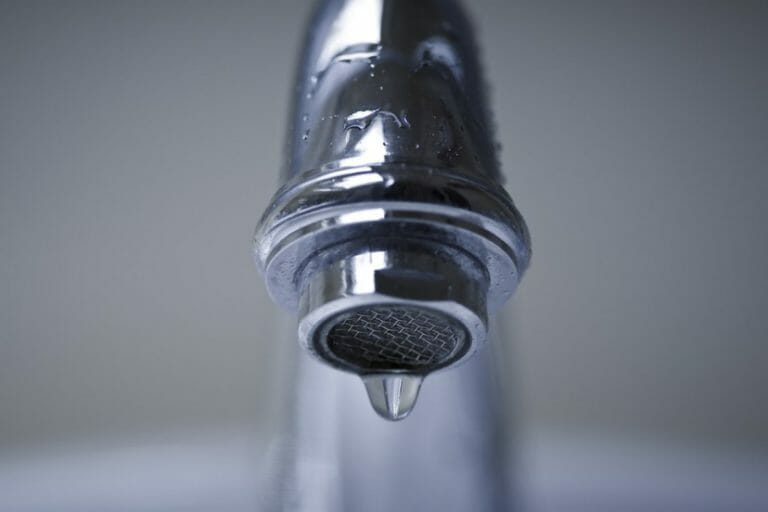Of the many pesticides that American farmers have embraced in their war on bugs, neonicotinoids are among the most popular. One of them, called imidacloprid, is among the world’s best-selling insecticides, boasting sales of over $1 billion a year. But with their widespread use comes a notorious reputation — that neonics, as they are nicknamed, are a bee killer.
A 2016 study suggested a link between neonicotinoid use and local pollinator extinctions, though other agricultural researchers contested the pesticides’ bad rap. As the bee debate raged, scientists studying the country’s waterways started to detect neonicotinoid pollutants. In 2015, the U.S. Geological Survey collected water samples from streams throughout the United States and discovered neonicotinoids in more than half of the samples. And on Wednesday, a team of chemists and engineers at the U.S. Geological Survey and University of Iowa reported that they found neonicotinoids in treated drinking water. It marks the first time that anyone has identified this class of pesticide in tap water, the researchers write in Environmental Science & Technology Letters. Gregory LeFevre, a study author and U of Iowa environmental engineer, told The Washington Post that the find was important but not […]
Full article: First evidence found of popular farm pesticides in drinking water
Learn about frogs and more extinction threats:
Frogs Are Disappearing. What Does That Mean?
Lonely Bolivian water frog seeks mate on Match.com to save his species
Seabirds Return to Desecheo Island One Year After Restoration

